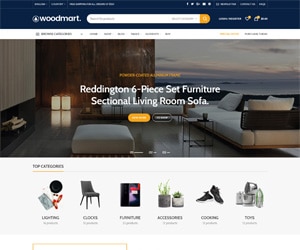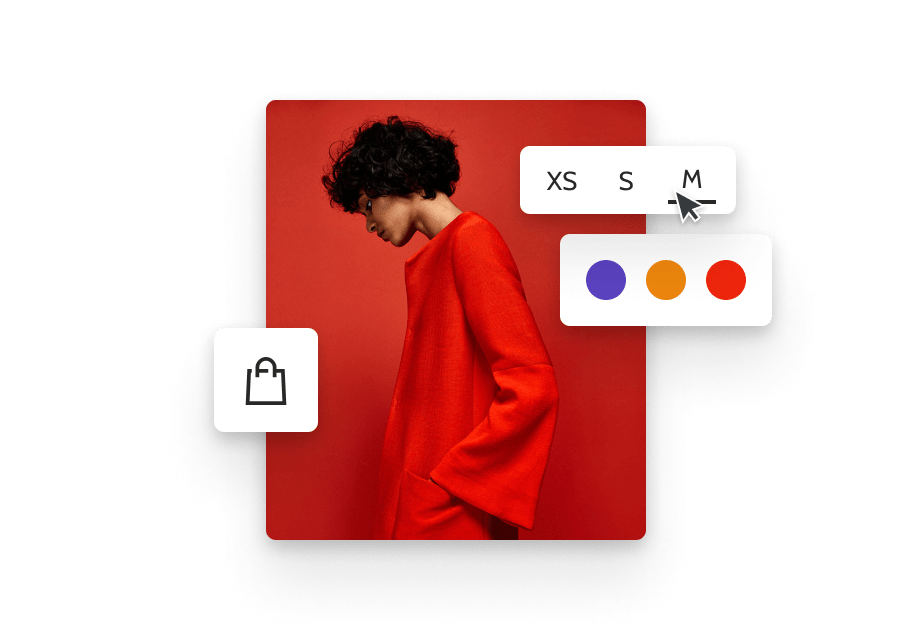In recent years, health tech has transformed healthcare, making it more accessible, efficient, and personalized. From telemedicine solutions that connect patients and doctors remotely to wearable devices that track real-time health data, technology is revolutionizing our approach to health and wellness. Here’s a look at how innovations in health tech, telemedicine, and wearables are shaping the future of healthcare.
1. Health Tech Innovations: AI, Big Data, and Advanced Diagnostics
Health tech encompasses a wide range of technologies aimed at improving medical care, from AI-powered diagnostics to big data analytics.
- Artificial Intelligence (AI): AI is used to analyze medical images, predict patient outcomes, and assist in early disease detection. For example, AI-driven platforms can detect abnormalities in medical scans, improving diagnostic accuracy and speed.
- Big Data and Predictive Analytics: Data from millions of patients is analyzed to identify health trends, predict outbreaks, and optimize treatment plans. Health tech startups are increasingly leveraging big data to inform preventive care and personalize patient treatments.
- Advanced Diagnostics: Innovations like digital stethoscopes, smart thermometers, and AI-based diagnostic tools provide faster, more accurate diagnoses, which can improve patient outcomes and reduce healthcare costs.
Key Takeaway: Health tech innovations enhance patient care through AI, big data, and advanced diagnostic tools, making healthcare faster, more accurate, and predictive.
2. Telemedicine: Remote Patient Care and Accessibility
Telemedicine has transformed healthcare delivery, enabling patients to access medical services remotely and offering solutions to those in underserved areas.
- Virtual Consultations: Patients can connect with doctors through video calls, receive medical advice, and even get prescriptions without leaving their homes. Telemedicine platforms have seen rapid growth, particularly during the COVID-19 pandemic, as patients sought safe ways to consult with healthcare providers.
- Remote Monitoring: Doctors can monitor patients with chronic conditions remotely, adjusting treatments as needed. Remote patient monitoring is essential for managing conditions like diabetes, heart disease, and hypertension, and it reduces the need for frequent hospital visits.
- Access to Specialized Care: Telemedicine makes it easier for patients to access specialists who may not be available locally. For example, teledermatology, telemental health, and telecardiology allow patients to receive specialized care regardless of location.
Key Takeaway: Telemedicine expands healthcare access by enabling remote consultations, chronic condition monitoring, and specialized care from a distance.
3. Wearable Devices: Real-Time Health Monitoring
Wearables provide individuals with real-time health insights, empowering them to take control of their well-being and allowing healthcare providers to monitor patients’ vital signs outside of clinical settings.
- Fitness Trackers and Smartwatches: Devices like Fitbit, Apple Watch, and Garmin track metrics such as heart rate, steps, and sleep quality. These insights help individuals monitor their physical activity and make healthier lifestyle choices.
- Medical Wearables: Advanced wearables monitor glucose levels, blood pressure, and ECGs in real-time, providing valuable data for patients with chronic conditions. Continuous glucose monitors (CGMs) have become essential for diabetes management, while ECG monitors help detect arrhythmias.
- Remote Patient Monitoring (RPM) Devices: Wearables are a key component of RPM programs, especially for post-surgical care, elderly patients, and those with chronic illnesses. Physicians can track health metrics remotely, intervening when necessary.
Key Takeaway: Wearable devices provide continuous health monitoring, allowing individuals and healthcare providers to make data-driven decisions for improved well-being.
4. The Role of Digital Health Apps in Preventive Care
Health and wellness apps promote preventive care by encouraging users to engage in healthy habits, track symptoms, and manage chronic conditions proactively.
- Fitness and Wellness Apps: Apps like MyFitnessPal, Headspace, and Strava allow users to set fitness goals, practice mindfulness, and track exercise routines, supporting mental and physical wellness.
- Symptom Tracking Apps: Chronic condition management apps like MySugr (for diabetes) and Migraine Buddy help patients track symptoms, understand triggers, and manage conditions effectively.
- Medication Adherence: Apps that remind patients to take their medications on time and track dosages help improve adherence, which is essential for managing chronic conditions effectively.
Key Takeaway: Digital health apps play a vital role in preventive care, helping users adopt healthy habits, monitor symptoms, and manage medications.
5. Challenges and Future Trends in Health Tech
While health tech has revolutionized healthcare, challenges remain, such as data privacy, integration, and regulatory hurdles.
- Data Privacy and Security: Protecting patient data is crucial, as health tech often involves sensitive information. Compliance with regulations like HIPAA in the U.S. and GDPR in the EU is essential for companies handling health data.
- Integration and Interoperability: Health tech solutions need to be integrated with existing electronic health records (EHR) and healthcare systems to ensure seamless patient care. Interoperability remains a challenge but is essential for cohesive healthcare delivery.
- Future Trends: The future of health tech includes the expansion of AI-driven diagnostics, more sophisticated RPM systems, and the continued integration of AR/VR for mental health and surgical training.
Key Takeaway: Health tech’s future will be shaped by advances in AI, data security, and seamless system integration, paving the way for even more personalized and accessible healthcare.
Conclusion
The future of health and wellness is shaped by innovations in health tech, telemedicine, and wearable devices. These technologies empower individuals, enhance medical care, and offer new ways to manage health proactively. As technology continues to evolve, the healthcare industry will continue to see advancements that improve patient outcomes and make care more accessible worldwide.



